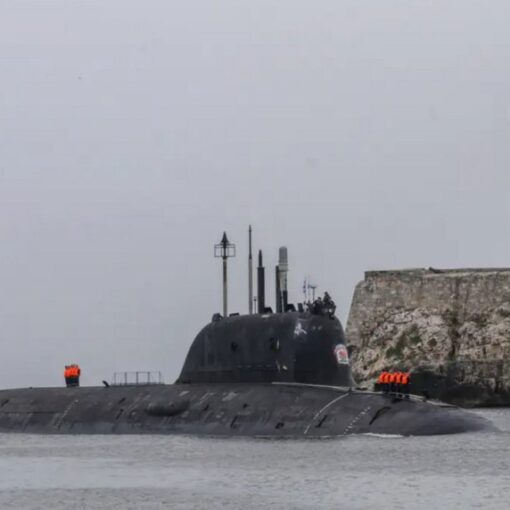A New Migration Challenge: Southbound Transit Coordination
Costa Rica and Panama are working together to streamline the southbound movement of migrants along the same route that has carried hundreds of thousands north in recent years. As migration dynamics shift due to changes in U.S. immigration policies, both nations are adapting to manage the transit of individuals heading back to their home countries.
Government officials announced on Monday that efforts are underway to ensure a more regulated and secure transit process for southbound migrants. The initiative comes in response to the U.S. border closures to asylum seekers since President Donald Trump took office, a policy that has significantly altered migration patterns.
Coordinated Efforts to Manage Migrant Movement
On Monday, security ministers from Costa Rica and Panama met in Peñas Blancas, a key border post between Nicaragua and Costa Rica. The plan involves transporting southbound migrants via government-coordinated buses to prevent exploitation by human traffickers and ensure a structured transit process.
- Migrants crossing from Nicaragua into Costa Rica will be directed to designated buses.
- These buses will take them to a Costa Rican government facility near the Panama border.
- Panama will then transport migrants to the Darien province, which borders Colombia, facilitating their continued journey south.
Protecting Migrants from Traffickers and Unsafe Routes
Costa Rican Security Minister Mario Zamora emphasized that the coordinated effort will primarily assist Colombians, Venezuelans, and Ecuadorians seeking to return home. He noted that an organized transport system helps protect migrants from criminal networks and traffickers who exploit individuals traveling independently.
Panama’s Security Minister Frank Abrego added that the goal is to establish a more controlled transit process, reducing the risks migrants face when attempting to navigate their way south through dangerous or unregulated pathways.
Migrants Begin Their Journey South
On Monday, small groups of southbound migrants carrying backpacks were seen crossing the Nicaraguan border into Costa Rica. After clearing immigration, they boarded buses as part of the government-facilitated effort.
Last week, migrants departed via boat from a Panamanian port on the Caribbean Sea, bypassing the treacherous land route through the Darien Gap—one of the most hazardous migration corridors in the world. This alternative route aims to reduce the dangers associated with jungle crossings, where migrants often face extreme conditions, criminal activity, and a lack of food and water.
Migrants Express Concerns About Transportation Methods
While some migrants appreciate the structured approach, others remain concerned about the available transportation options. Venezuelan migrant Bárbara Somayor, while purchasing a bus ticket at the border, voiced her concerns:
“I think it would be better if they offered us air transportation, because boats pose a risk for both adults and children. But, well, one has to take the risk.”
Her concerns highlight the ongoing challenges of safe passage, even as governments work to improve transit conditions.
Authorities Address Migration Complaints
In recent weeks, southbound migrants have reported being stopped by authorities in both Costa Rica and Panama as they attempted to make their way back home. These interruptions have caused frustration among migrants who are eager to return but face bureaucratic hurdles.
At the same time, Costa Rica and Panama have also agreed to receive several hundred migrants deported from the United States, many of whom are from Asian countries. While some deportees have agreed to return to their home nations, others remain detained in temporary facilities, awaiting further processing.
Harsh Conditions in Detention Centers
Some migrants currently held in Panama’s Darien province—previously a key processing site for northbound migration—have reported harsh living conditions, lack of information, and no access to legal assistance. These concerns raise questions about the treatment of migrants and the effectiveness of regional migration management policies.
The situation underscores the complexity of migration governance in Central America, where countries must balance humanitarian responsibilities, national security concerns, and diplomatic agreements with the United States.
Regional and Global Implications
The reversed migration flow observed in Costa Rica and Panama is a significant development that reflects shifting migration trends influenced by U.S. policies. As more migrants face deportation and border restrictions in the north, regional governments must develop long-term solutions for managing both incoming and outgoing migration waves.
Costa Rica and Panama’s coordination serves as a model for regulated transit, but challenges remain. Addressing migrant safety, transportation logistics, and humanitarian conditions will be critical in ensuring a fair and efficient migration process in the region.
Source link
Admin



